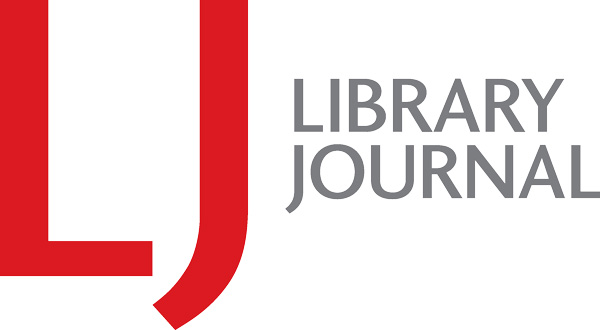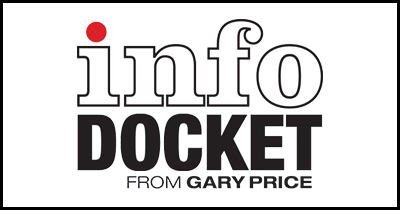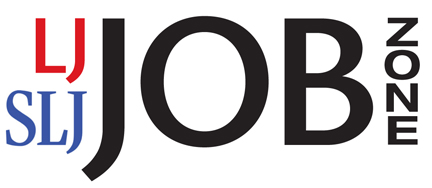New Report From IMLS: “Public Libraries in the United States Survey: Fiscal Year 2011”
Released today by the Institute of Museum and Library Services (IMLS).
Full Text report linked and embedded below.
Highlights and Key Findings (via IMLS)
- For the first time, the agency used statistical modeling to examine the relationship between investments in public libraries and use of libraries and found that in most cases when investment increases, use increases, and when investment decreases, use decreases, and that these relationships persist over time.
- Increases in investments in books and e-books, programs, public-access computers, and staffing were associated with increased levels of visitation. For example, each additional FTE (full-time equivalent) on staff corresponded with, on average, a 3371.8 increase in the number of visits.
- Increases in collections and programs were related to increases in circulation. For example, for every 100 e-books available, an additional 345 items circulated, and for each additional program offered, there was an increase of 61.2 items circulated.
- Increases in the number of public-access Internet computers were related to increases in computer use and program attendance. For every additional computer, there was an increase of 474 uses and an increase in program attendance of 52.4.
- Increases in programs and staffing were related to higher levels of program attendance. Each additional staff person related to an increase of 95.2 in program attendance; every additional program corresponded to 10 additional program attendees.
- The findings also indicate the ways in which library service is fundamentally changing. Reductions in physical visits to the library are associated with investments in e-materials such as e-books, which may be an indication that services are moving online, allowing people to perform library transactions such as checking availability of materials, checking them out and returning them online. And, an overall reduction in computer use could correspond with investments in wireless, which libraries have made so that customers can use their own devices. These changes signal the need for new data elements for the survey to allow a closer examination of electronic delivery of library collections and services.
Public Library Use
- There were 1.53 billion in-person visits to public libraries in FY 2011—equivalent to over 4.2 million visits each day. Although this is a 10-year increase of 23.0 percent, in-person visitation has fallen by 3.9 percent since FY 2008. Public libraries were visited an average of 5.1 times per person, a decrease in per capita visitation of 3.6 percent from FY 2010.
- Public libraries circulated 2.44 billion materials in FY 2011, a 10-year increase of 29.0 percent. There were 8.1 materials circulated per person in FY 2011. One-third of circulated materials (34.5 percent) were children’s materials.
- Attendance at public library programs has increased for the eighth year. In FY 2011, 89.0 million people attended the 3.81 million programs held at public libraries across the nation. This represented a 32.3 percent increase in attendance and 46.7 percent increase in the number of programs since FY 2004.
- There were 341.5 million usage sessions on public access Internet computers at public libraries in FY 2011. – Usage decreased by 7.2 percent since FY 2006.
Public Library Resources and Services
- The public invested over $11.4 billion to public libraries. Although this is a 10-year increase of 8.5 percent, revenue has decreased by 3.8 percent since the recession in FY 2008. Revenue per capita for public libraries was $38.09 in FY 2011, a decrease of 1.8 percent from FY 2010.
- Public libraries spent $10.7 billion in operating expenditures in FY 2011, a 10-year increase of 9.2 percent. Operating expenditures per capita was $32.28 for public libraries in FY 2011. Two-thirds of library operating expenditures went to support the workforce through salaries and benefits. Expenditures on electronic materials and staff benefits increased from FY 2010.
- Public libraries had an increase in the number of collection materials — 3,164.1 materials per capita in FY 2011.
- Although books continue to comprise the majority of the nation’s public library collection holdings, public library collections continue to shift from print books to non-print and digital materials.
- There were 3.8 million programs offered at public libraries in FY 2011, an increase of 46.7 percent since FY 2004. Most programs (70.0 percent) were targeted to children.
- In FY 2011, there were 261,413 public access Internet computers available at public libraries throughout the United States, a 1-year increase of 6.8 percent and 10-year increase of 86.2 percent.
- Public libraries have seen a decrease in the number of FTE staff since the recession. In FY 2011, there were 137,103 FTE staff—11.4 FTEs per 25,000 people. This is a decrease of 5.5 percent since FY 2008. The number of public librarians has remained stable over 10 years, averaging 4.0 public librarians per 25,000 people. Librarians comprise one-third of the overall public library staff.
Direct to Full Text Report (Also Embedded Below)
Direct to Profiles for Each State (and District of Columbia)
Direct to Fast Facts/Highlights (1 page; PDF)
Direct to 80 Supplemental Data Tables
Public Libraries in the United States Survey: Fiscal Year 2011
Filed under: Data Files, Libraries, News, Profiles, Public Libraries
About Gary Price
Gary Price (gprice@gmail.com) is a librarian, writer, consultant, and frequent conference speaker based in the Washington D.C. metro area. He earned his MLIS degree from Wayne State University in Detroit. Price has won several awards including the SLA Innovations in Technology Award and Alumnus of the Year from the Wayne St. University Library and Information Science Program. From 2006-2009 he was Director of Online Information Services at Ask.com.


